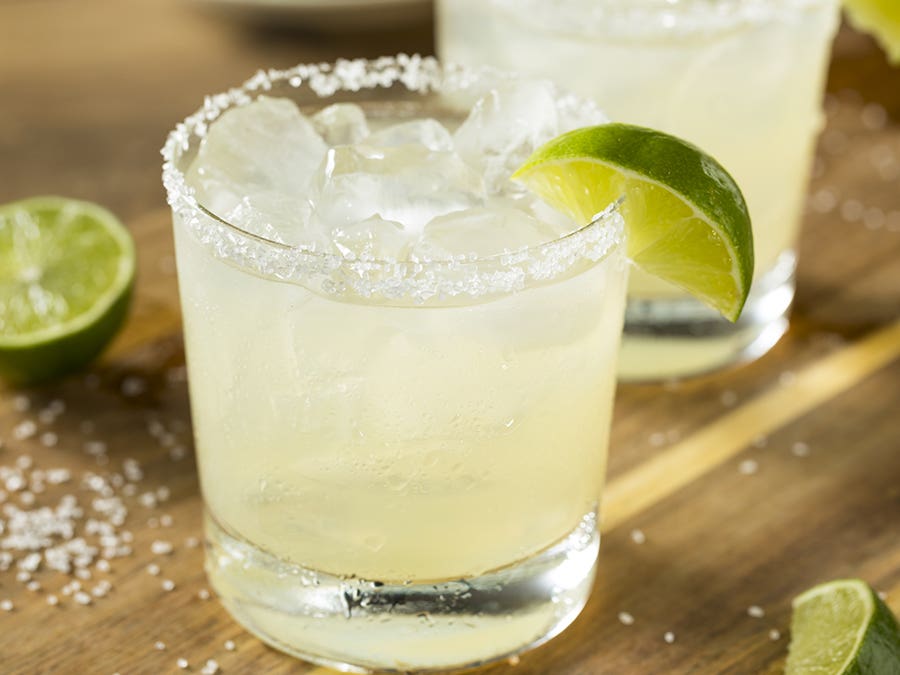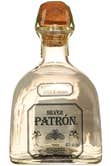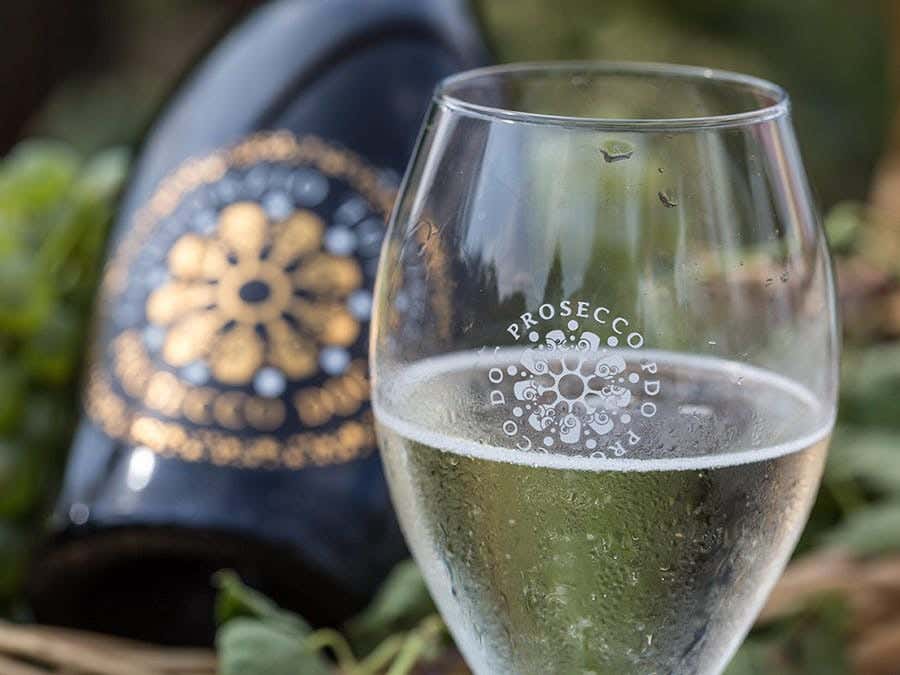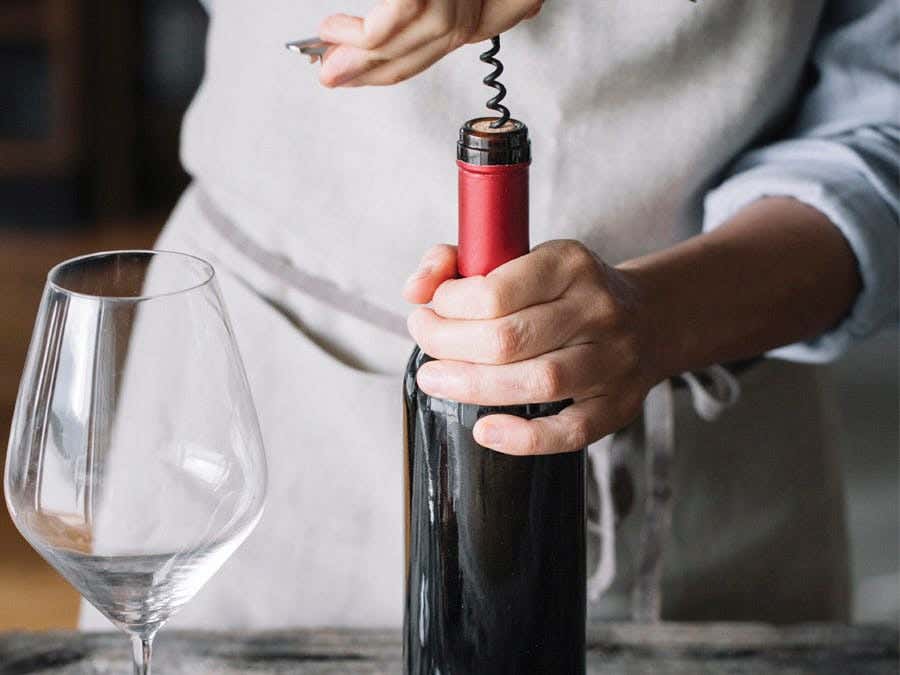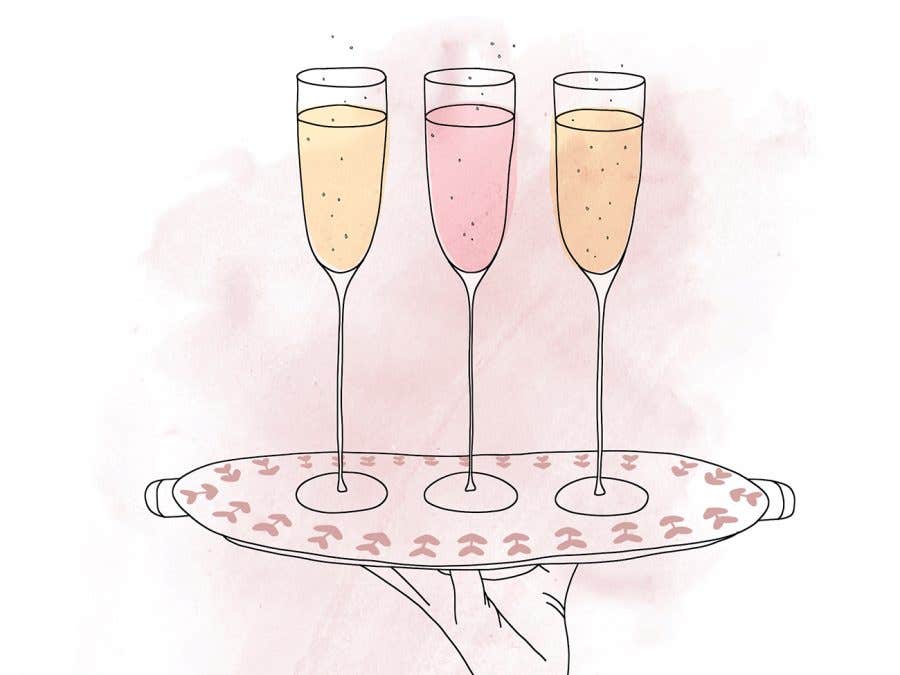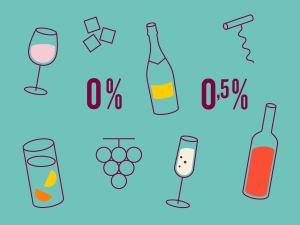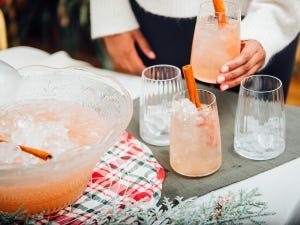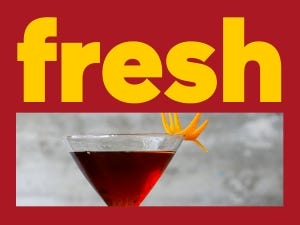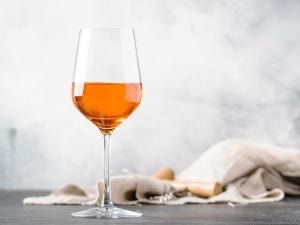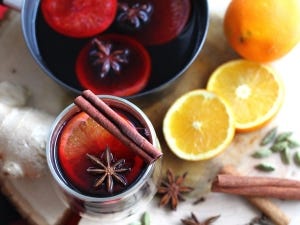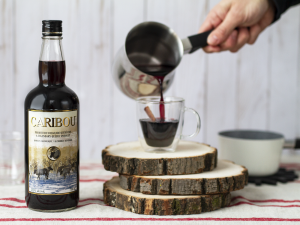

There’s no doubt that Mexico and tequila go hand-in-hand: both have a rich, textured history and exciting and lively present-day. Many famed and renowned things have come from Mexico—not least among them, painter Frida Kahlo, chocolate, mariachi bands, and of course that famous spirit made from cactus.
In the pre-Colombian era, the Aztecs had already begun making alcohol from agave plants. After the arrival of Hernán Cortés and conquistadors came the introduction of more modern distillation techniques, and tequila, as we know it, was developed from Aztec knowledge.
Blue Agave
The Blue Agave as its commonly known, may also be called Agave Tequilana; regardless of the name you call it, only the very heart of the plant—maguey—is used to make the spirit. There are over a hundred varieties of agave in Mexico, but tequila-making is reserved exclusively for the massive and beautiful Blue Agave. Prior to extracting the juice to be fermented and distilled, the plant’s heart (that producers often call piñas) is cooked for 50 hours, and then crushed.
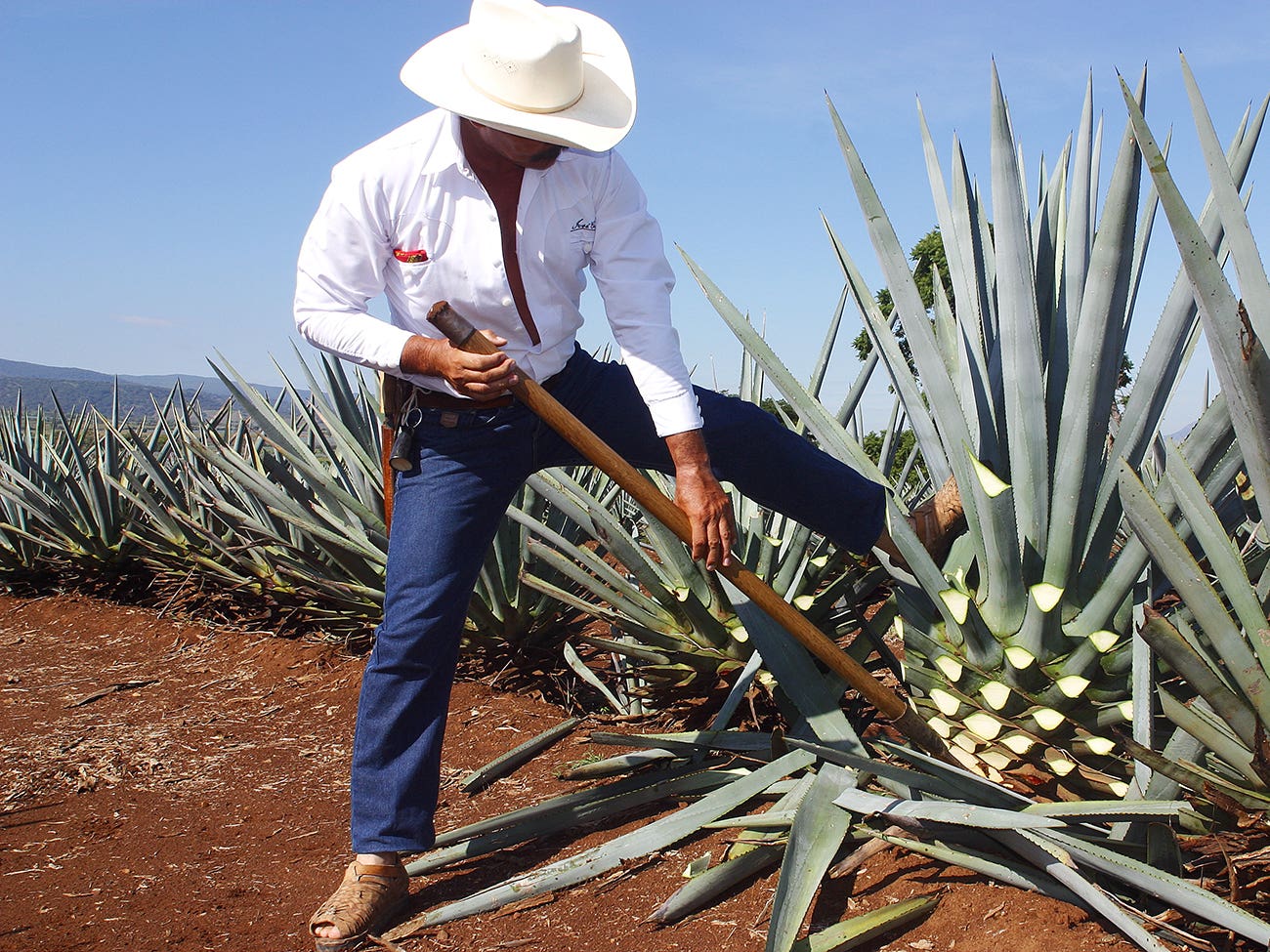

Patience is essential, since Blue Agaves often take more than ten years to mature—but the wait is worth it. Furthermore, a field of agave plants is an unmatched vision to behold; UNESCO agrees, in 2006 it designated the Agave Landscape and Ancient Industrial Facilities of Tequila (Mexico) part of the World Heritage list.
As set by the Consejo Regulador del Tequila, the only tequilas that can rightfully bear the name, are those that have been made from Blue Agaves grown in the denominación de origen (designation of origin) This includes Jalisco state, and several municipalities in the states of Guanajuato, Nayarit, Michoacán and Tamaulipas.


Tequila varieties
There are two over-arching tequila categories:
“Tequila”:
Must contain a minimum of 51% Blue Agave, and is often exported in bulk and bottled in other countries.
These tequilas include ‘Blancos’ (no aging), ‘Or (Gold)’ (colourings and scents added), ‘Reposado’ (aged in white oak barrels for a minimum of one year), or ‘Añejo’ (aged for more than a year).
“Tequila 100% agave”:
Must be entirely made of Blue Agave and must be bottled in the distillery.
These tequilas can be ‘Blancos’ (no aging), ‘Reposado’ (aged in white oak barrels for a minimum of one year), or ‘Añejo’ (aged for more than a year).
PIn order to fully appreciate the subtlety of Blue Agave’s aromas, Tequila 100% is a must.
Serve it straight up and take in the taste and spirit of Mexico!
Related posts
-
Read more
In recent years, Prosecco DOC (Denominazione Di Origine Controllata) sales have dizzying new heights. Read on to learn more about the accessible bubbles adored the world over.
-
Read more
SAQ shelves are lined with more than 300 wines and spirits produced abroad and bottled here, a process that has a positive impact on the environment and workforce in the province.
-
Read more
Bubbly’s rising popularity has resulted in a wide variety of bottles to choose from. Here’s a handy guide to finding the one that’s right for you!
 Access to SAQ Inspire personalized services and store inventories are unavailable at the moment.
Access to SAQ Inspire personalized services and store inventories are unavailable at the moment. Free in-store delivery with purchases of $75+ in an estimated 3 to 5 business days.
Free in-store delivery with purchases of $75+ in an estimated 3 to 5 business days. 
